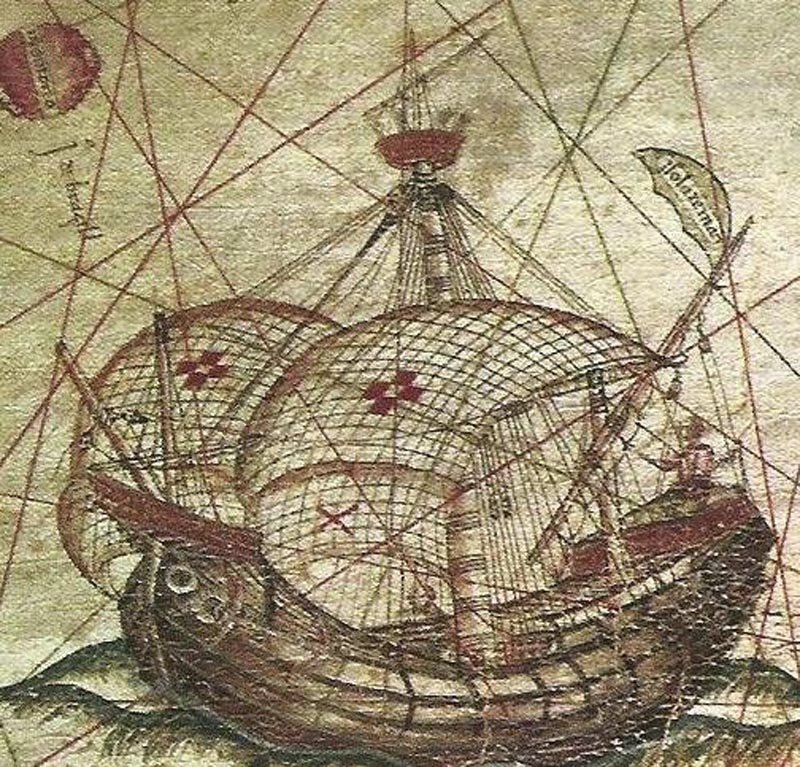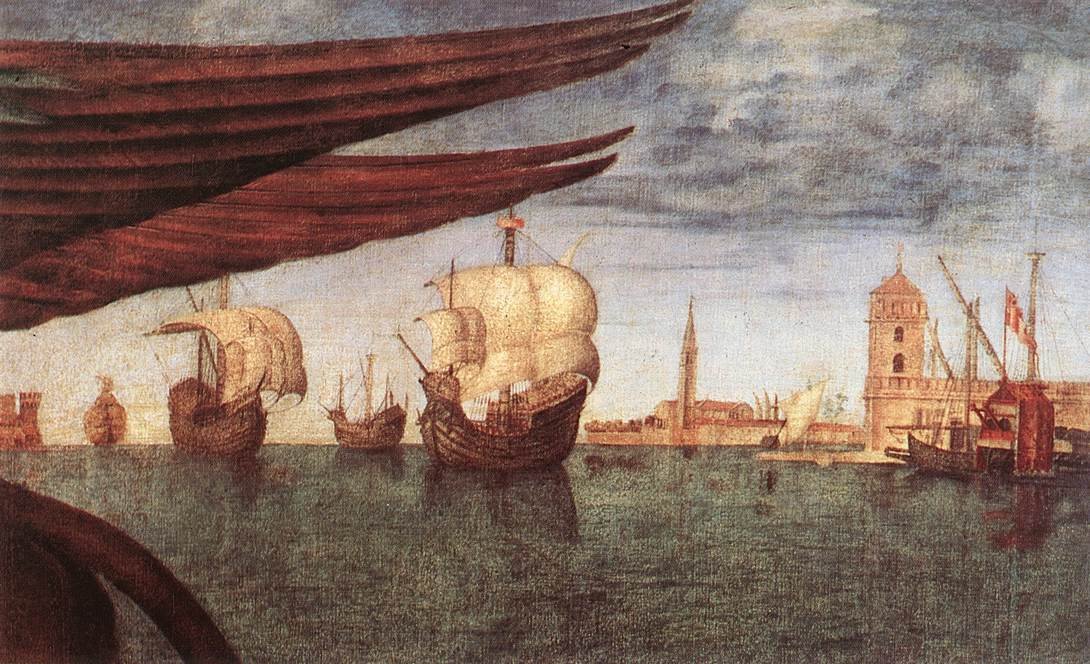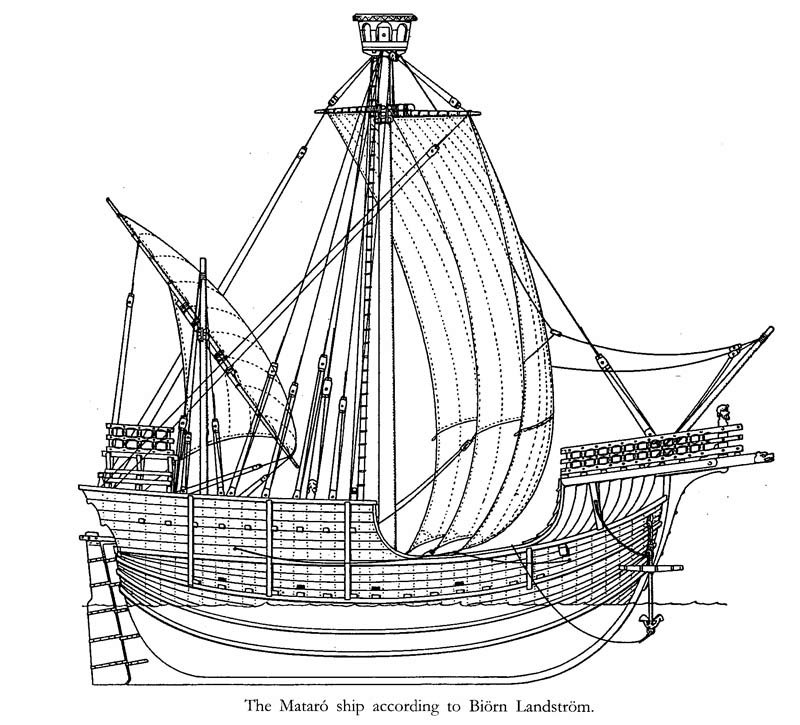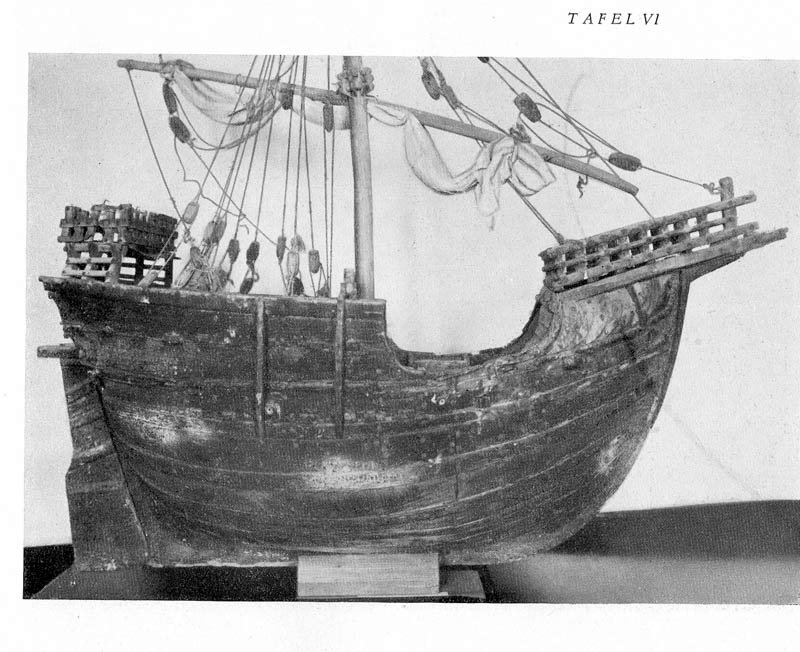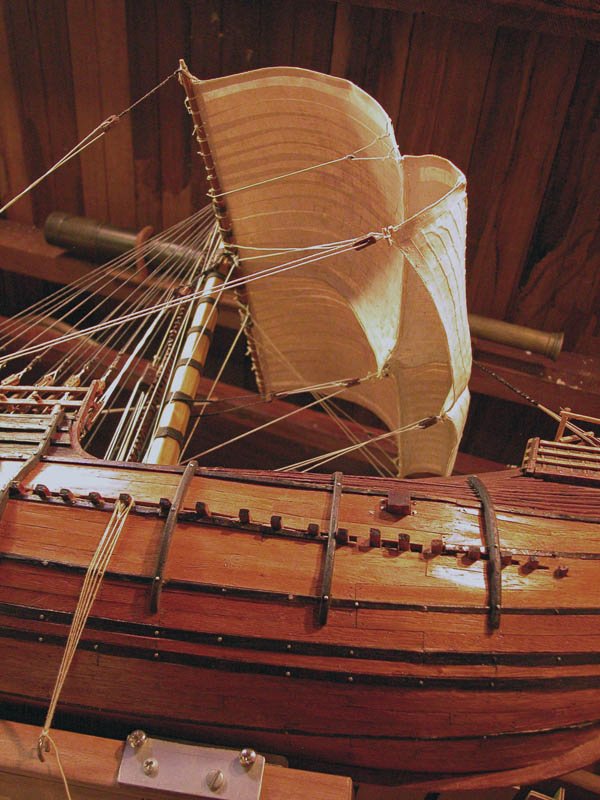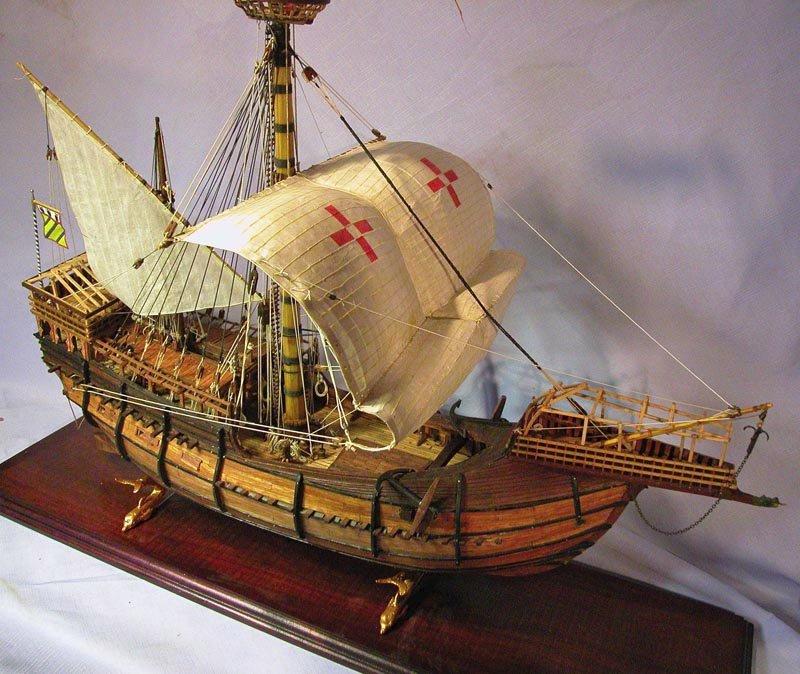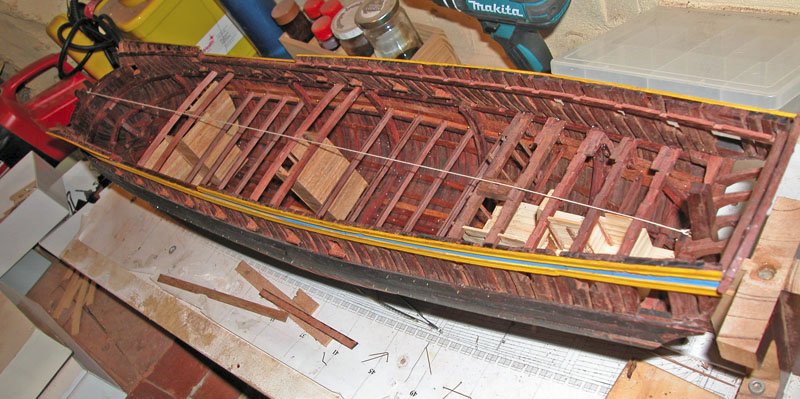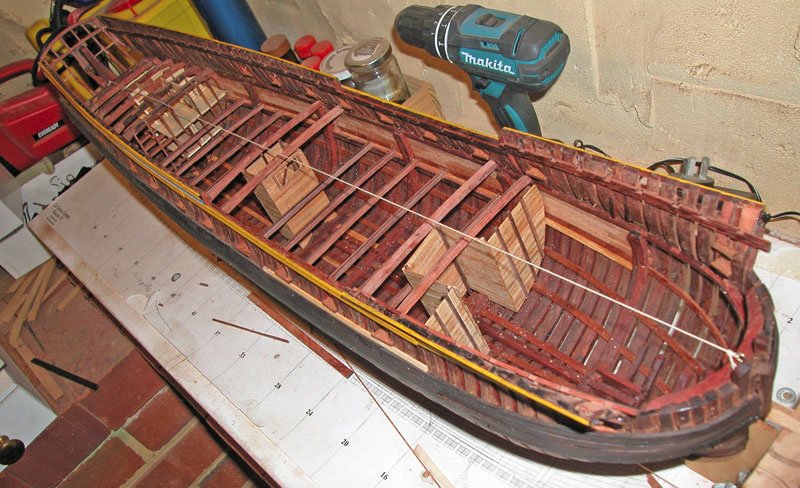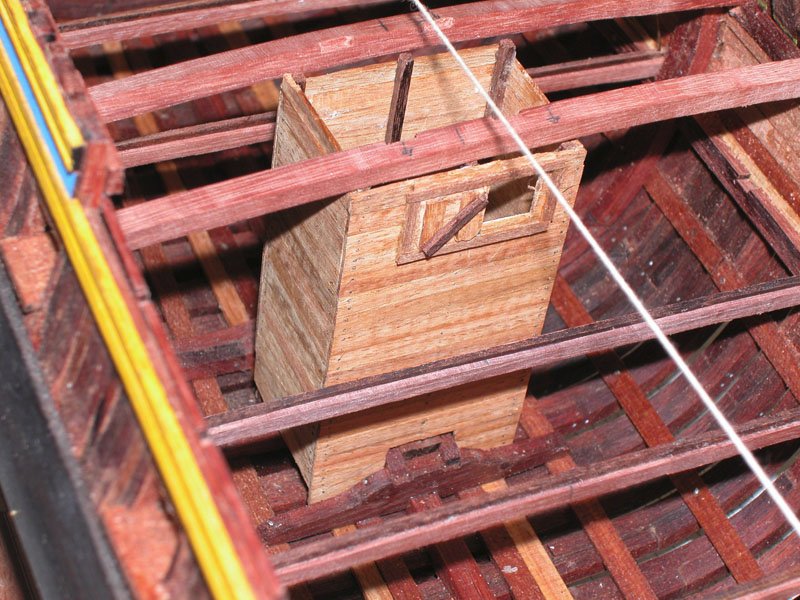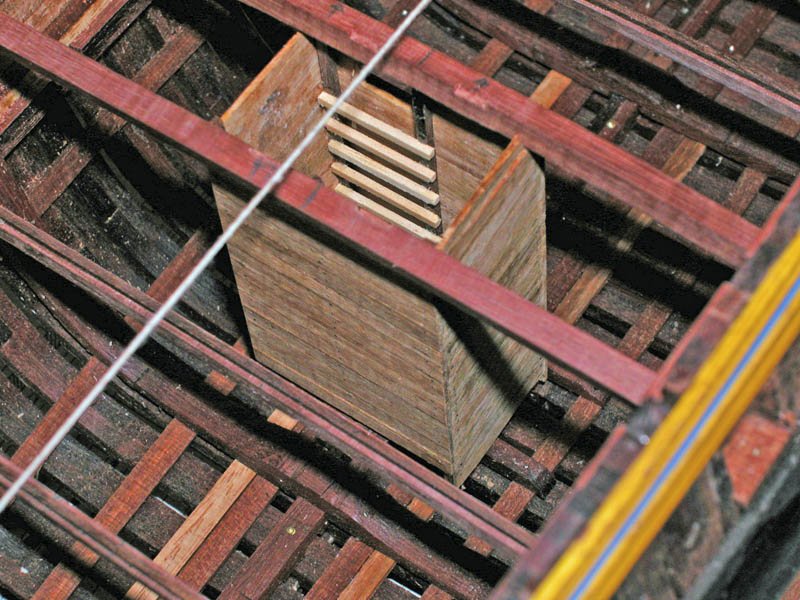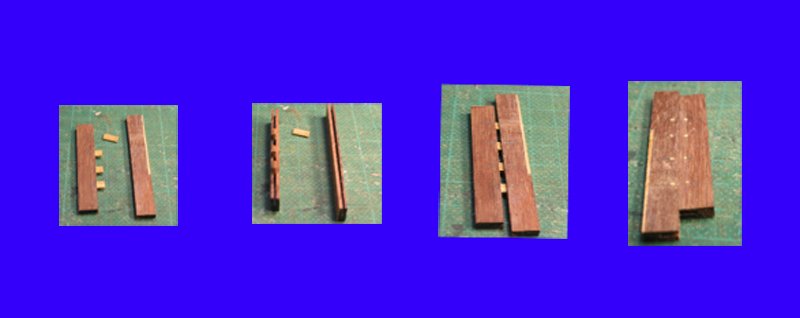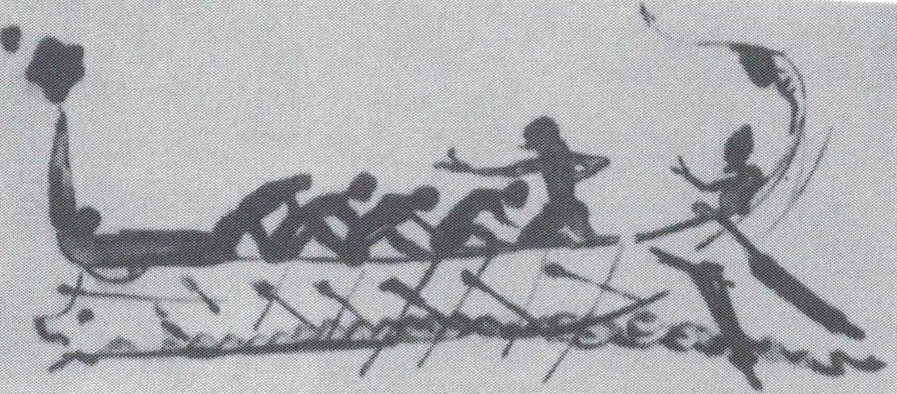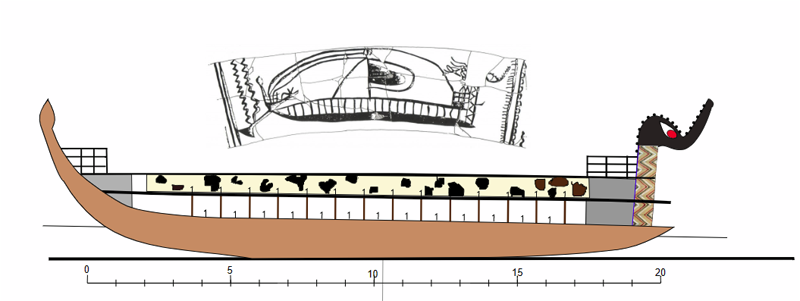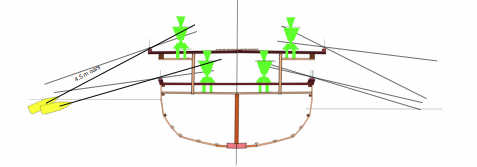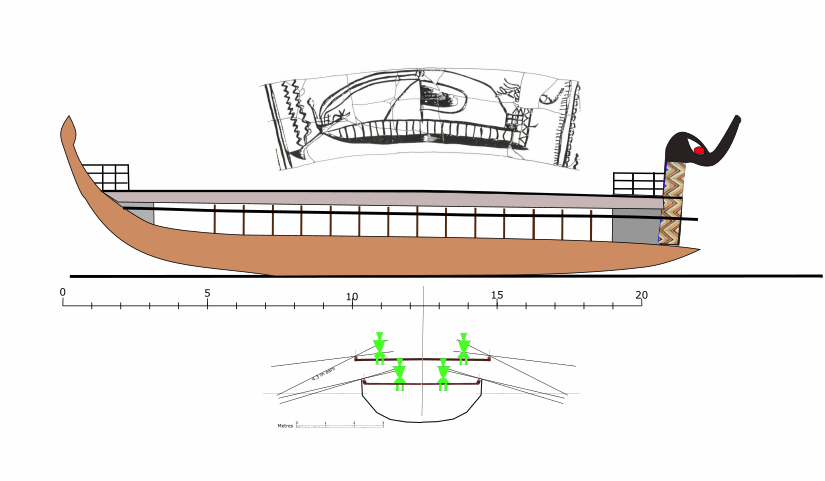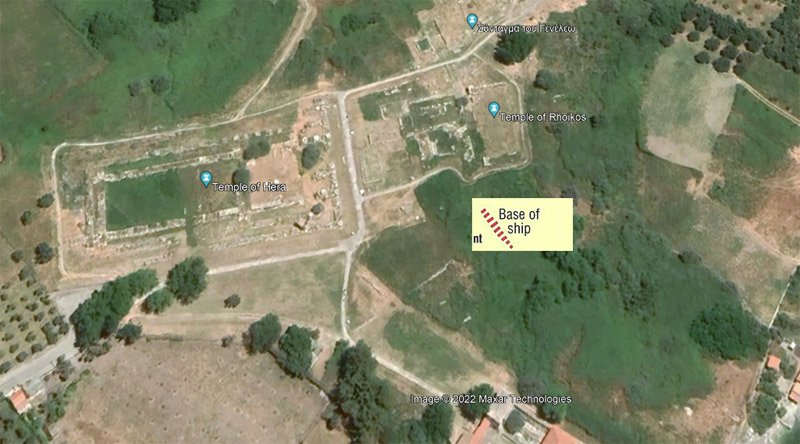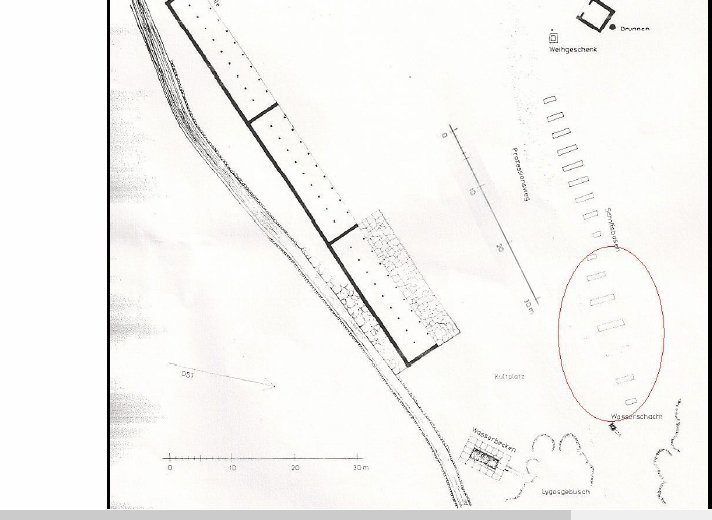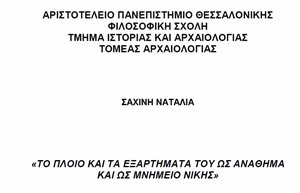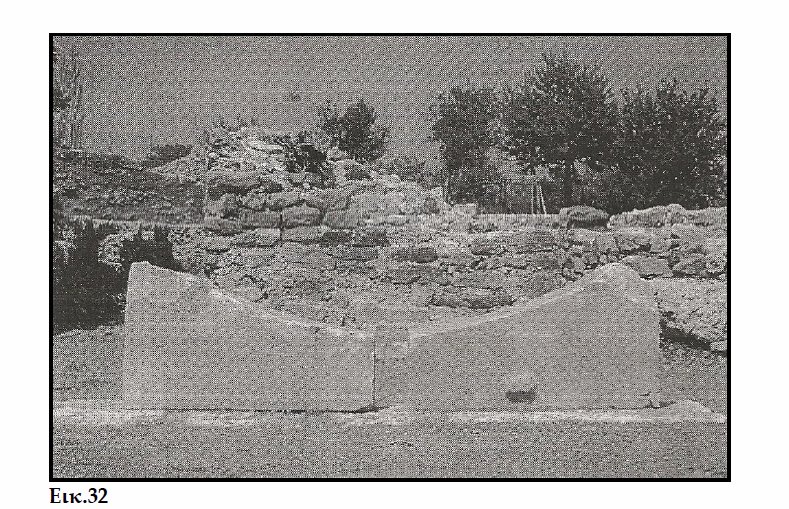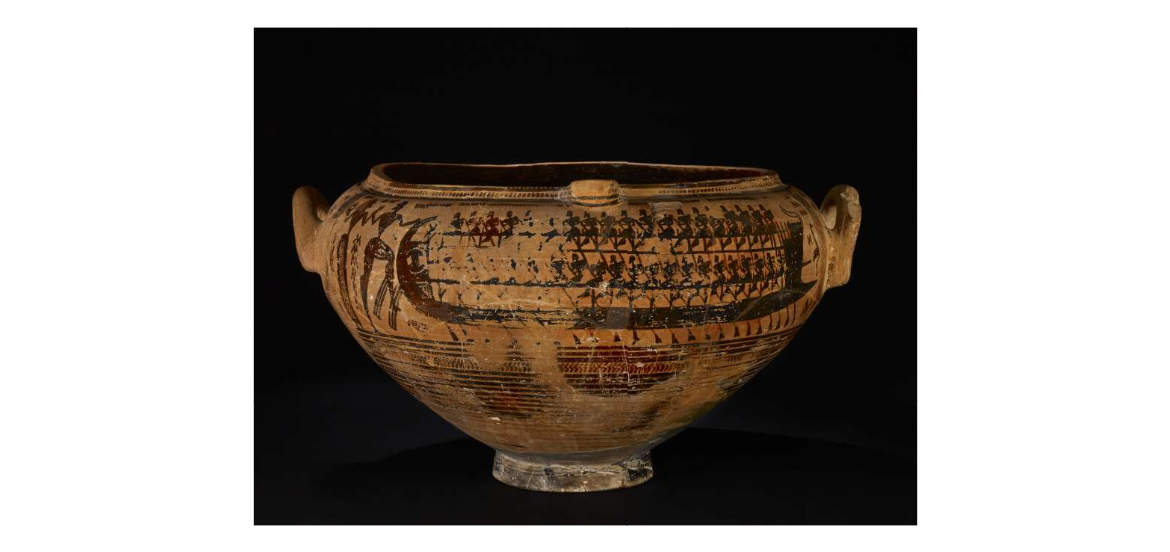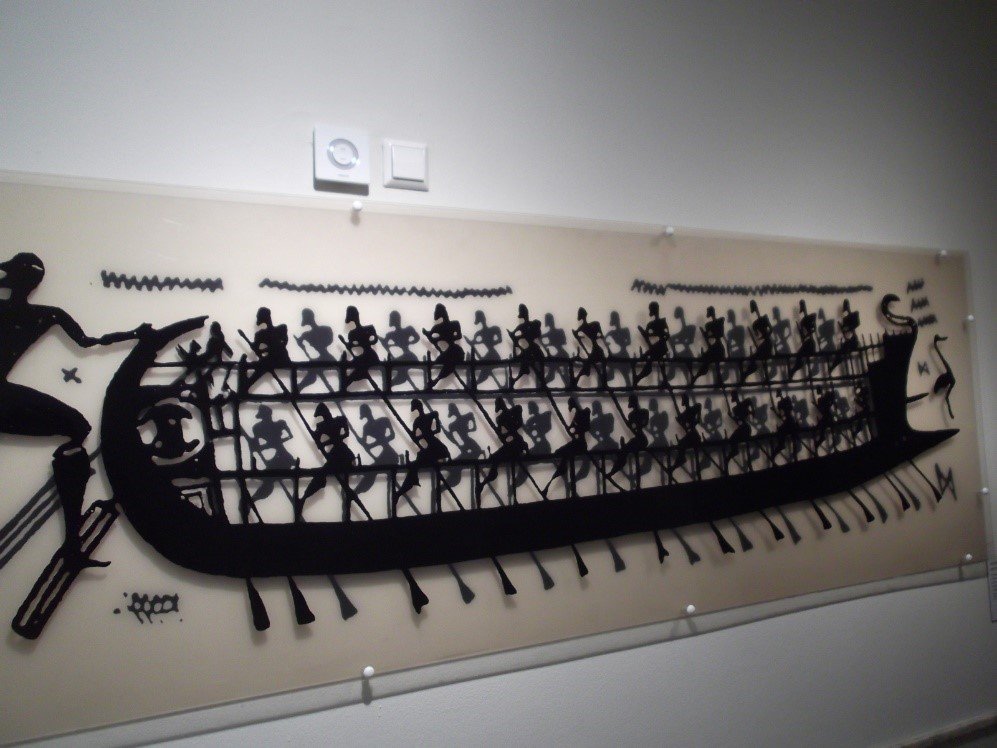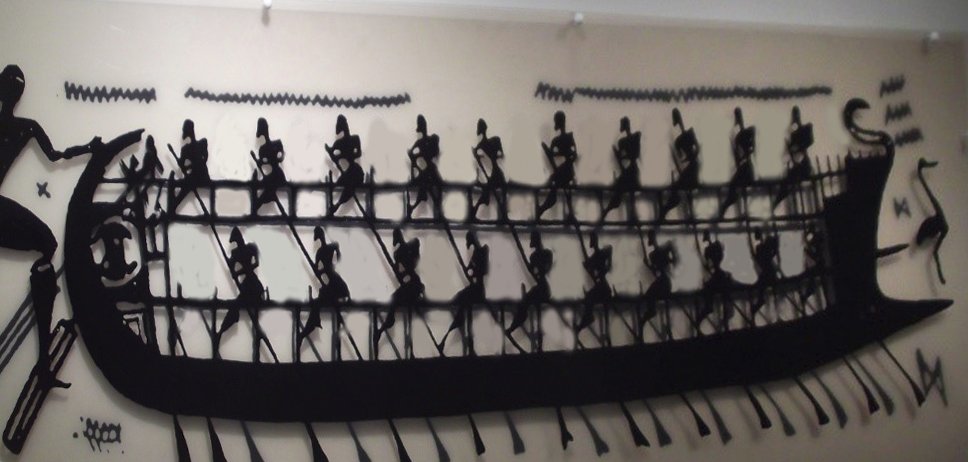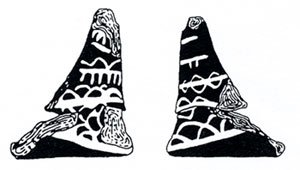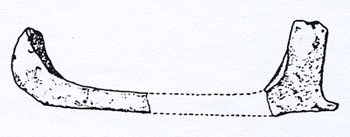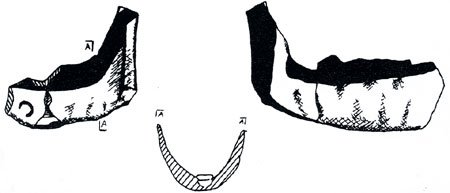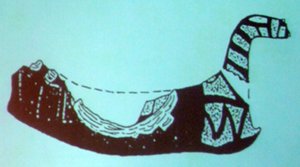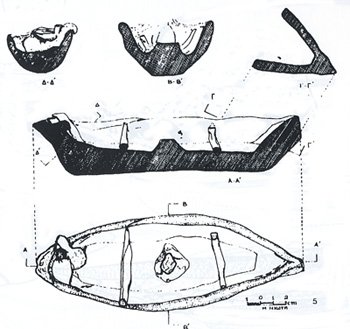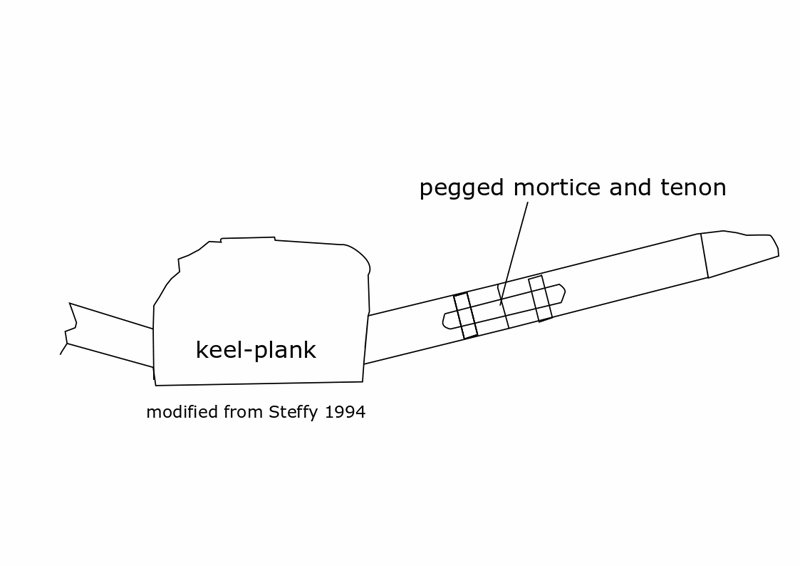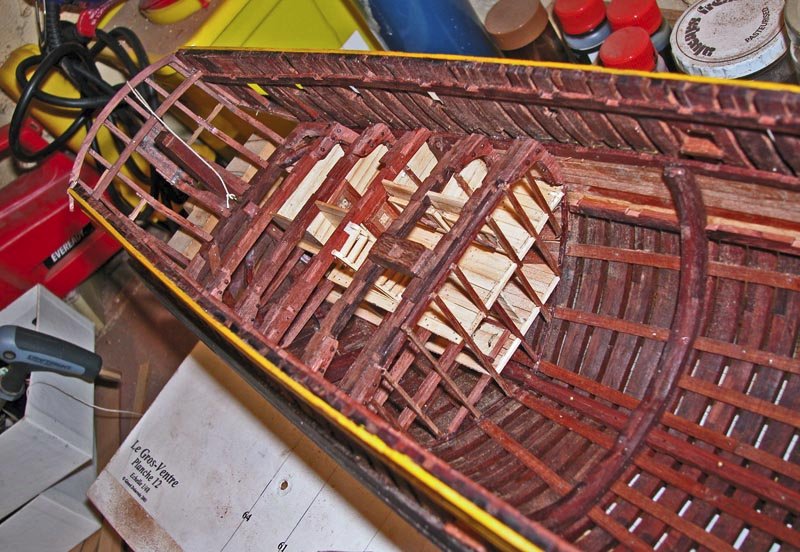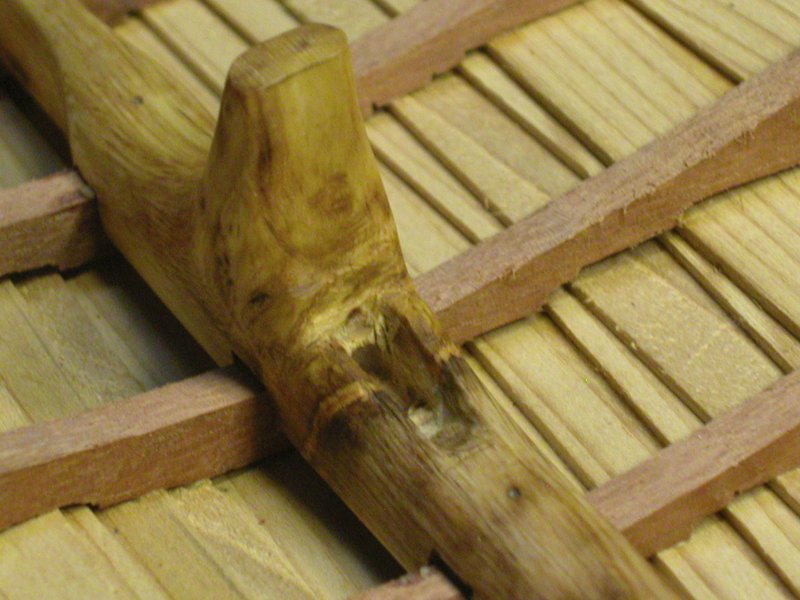-
Posts
835 -
Joined
-
Last visited
Content Type
Profiles
Forums
Gallery
Events
Everything posted by woodrat
-
These pics show the fittingof a strake using the pegged mortice and tenon technque. No glue is used. It is quite strong. Dick
- 142 replies
-
Its time the Woodrat chewed some wood. The following is a prototype keel/plank. I have imagined this hewn from a single trunk and shaped with adzes. The mast step is integral with the keel as is the stempost basis. I then imagined some bending of the keel using heat and some type of bending jig. The sternpost is not as you would imagine. I have decided to adapt some of the principles used in egyptian ships such as the Khufu barge and will sleeve on a hollow sternpost. At least that is the plan. Here'tis: the scarf for the stern "post" the stempost is narrowed from bottom to top and from aft forwards next to play with the garboard strakes. Cheers Dick
- 142 replies
-
As you can see, the foremast step and partners are there, so you can see that I originally planned a foremast. I just dont know if and when I can go back now and put it in. One thing I am not doing is redoing the mainmast stay, the foremast is surrounded by the strands of the stay. Dick
-
I originally planned to install a foremast and ,at the last moment changed my mind. One valued book I consulted was "The Art and Archaeology of Venetian Ships and Boats" by Lillian Ray Martin. The representations of ships were analysed and classified. At the time of my carrack, 1445, all three types of square rig: one, two or three masts were widely used in the Mediterranean with the one-masted being much the commonest. So I chose the middle ground. As for accuracy, all I claim is that this is about as close a representation of one ship depicted in one manuscript as I could make and maybe a typical example of its type. But accurate cannot be applied to it as too much is guesswork e.g. the deck furniture. As to putting in a foremast now since, as you say, there is a hole for it and and the timbers are offset (well spotted again), I have considered this but the model is now encased in a display cabinet at a remote site from my workshop. I will think on it. A furled yard would be appropriate Dick
-
Ferrus, I dont want to derail your thread so I will answer your question on the carrack in my log of the carrack modelshipworld.com/topic/4915-venetian-carrack-or-cocha-by-woodrat-finished-164/page/21/ Cheers Dick
- 137 replies
-
- Golden Hinde
- Revell
-
(and 2 more)
Tagged with:
-
Who defines accuracy? I have never claimed accuracy for my model. Whenever possible, decisions on hull design and rigging were based on contemporary iconography and manuscripts and not on modern reconstructions which may have included later practices in the rigging. This is not to say that late medaeval venetian practices did not include tacks, just that the pictures that I found dont show them. Reference is made (Bellabarba 1998) to a contrascota. This may be a reference to a tack as the sheet is called a scota in venetian dialect. Landstrom in his reconstruction of the Mataro carrack shows a tack but this is a modern reconstruction based on what evidence? The Mataro carrack's rigging is largely fragmentary and certainly did not show a tack or even a sheet. Here are some 15th century pictures showing carracks under sail. Does the last picture show the starboard clew pulled forward by a tack? Maybe. Carpaccio is reliable source. Ferrus Manus has asked this question: Weren't you going to add a foremast to your ship? what happened to that? I originally planned to install a foremast and ,at the last moment changed my mind. One valued book I consulted was "The Art and Archaeology of Venetian Ships and Boats" by Lillian Ray Martin. The representations of ships were analysed and classified. At the time of my carrack, 1445, all three types of square rig: one, two or three masts were widely used in the Mediterranean with the one-masted being much the commonest. So I chose the middle ground. As for accuracy, all I claim is that this is about as close a representation of one ship depicted in one manuscript as I could make and maybe a typical example of its type. But accurate cannot be applied to it as too much is guesswork e.g. the deck furniture. Dick
-
Please go to modelshipworld.com/topic/4915-venetian-carrack-or-cocha-by-woodrat-finished-164/page/21/#comments for my reply Cheers Dick
- 137 replies
-
- Golden Hinde
- Revell
-
(and 2 more)
Tagged with:
-
It's a bit of sleight -of-hand, Ferrus, Well spotted. What is holding up the sail. There are bowlines etc but they arent doing it What I did was simply sew the sail to the forestay and if you look carefully you can see a slight angulation in the middle of the forestay There, the secret is out😁 Cheers Dick
- 137 replies
-
- Golden Hinde
- Revell
-
(and 2 more)
Tagged with:
-
Beams for the false deck below the main deck are installed as well as some main deck beams. The pump housing and forward bulkhead for the water storage hold are also installed temporarily. the ladder inside the housing allows access to the cannonball storage around the base of the mast Note the sliding access port to the housing Dick
-
This shows a method of producing pegged mortice and tenon edge joined planks. I cut a 1mm slot in the plank edge and made some 1mm tenons. When assembled and pegged without glue the join was so strong I could not pull it apart or sheer it. Dick
- 142 replies
-
I think the Gurob ship cart model reinforces the likelihood of there being a keel-plank rather than a keel. There are other useful things. Thanks, Waldemar Dick
- 142 replies
-
Yes, Steven, I have the Age of the Galley and Pryor's tome and have used both. A precis of Shelley Wachsmann's book on the Bronze Age appears in the Age of the Galley. I have also thought that different length oars may be need for upper and lower banks. Also there has to be a way to rapidly ship oars by bringing them inboard. Are the port and starboard rowers offset so that they can shoot their oars across? A double banked corinthian galley is seen showing the upper and lower banks being rowed out of phase, From Greek Oared Ships, Morrison and Williams 1968 This possibly supports the differential oar lengths. It would also lead to a smoother progress for the galley and maybe more speed? Waldemar, thanks for that great link to the Gurob model. The egyptian model certainly has features like a Sea Peoples or Mycenaean galley as seen through egyptian eyes. The vertical stanchions are emphasised and are not seen in egyptian ships. The vertical stempost is notable as is the small protrusion of the keel which could not yet be called a ram.. The Erechthion model seems to be an oil lamp but does suggest a shape of the ship plan. Also, note the large through beam on which the quarter rudders would bear. Dick
- 142 replies
-
Thanks all Thanks all for the encouragement. Big question: was the hull sewn or mortice and tenon. Nobody knows . But we have the Uluburun wreck from the ssame period which is pegged mortice and tenon and a keel. I have been looking at the Khufu Royal BArge from the Old Kingdom of Egypt, a sewn vessel with a keel plank. This is from a much earlier period but shows how well sewn vessels of size can be made. I think for the first iteration of the hull I will try edge to edge planking with a keel-plank, run it up to the flagpole and see if anyone salutes Here is the latest sheer If the upper bank is manned the cowhide, which is suspended from a longitudinal rail, provides protection from sun, spray and arrows . The oars would project under the free edge of the cowhide. The lower bank of rowers is seated more medial and less in need of protection except from nasty things dropped on them by the upper b......s! Cheers Dick
- 142 replies
-
With great thanks to Roger, Waldemar, Steven and Thanasis. The posts supervening have opened my eyes to things of which I have little ken. My training is biomedical but I have often interfaced with engineers and usually bow deeply to their arcane skill. Somewhere in the dank recesses of my brain a cunning plan is forming which, it can be said, cannot fail. Hopefully then I will not let Waldemar down and produce a model that is, if not perfect, then at least feasible. Cheers Dick
- 142 replies
-
Just a correction to my previous post. Due to my lack of Greek, I misinterpreted the photo showing the hull support. It is actually on Samothrace not Samos. The stereobates on Samos give a measurement of length and width only. However this does not alter the discussion on hull stability. I note that a large number of stone anchors are found in these bronze age wrecks. Presumably one of their functions was as useful ballast to counter the horrid tendency for these barkies to turn turtle (as is illustrated in the Medinet Habu reliefs). I don't think the Uluburun wreck will help us much as it was a merchant sailor. Should I deepen the hull a bit, do you think? Also, the keel plank would be a rather bulky baulk of timber which could help with stability.🤔 Another thought. As there is pottery evidence of the mycenaean galleys being rowed from either top or bottom bank, would they only use the lower bank in calm waters and the upper bank if there was a tendency to heel a bit? Dick
- 142 replies
-
This is the case, Steven. The difference between the mycenaean galleys of the Late Helladic and the galleys of the Geometric are largely cosmetic but also represent the evolution of martime warfare from the previous techniques (hurling stone blocks or anchors into enemy ships or assaulting with projectiles) to the revolutionary advent of the ram, first seen in the geometric galleys. The advent of the ram constitutes one of the first naval arms races which, together with smaller, more manoeuvrable galleys enabled quick despatch of ramless galleys. From then on all galleys had to have rams. So, in my opinion, it is valid to use information from the Geometric period to inform its predecessor. Dick
- 142 replies
-
- 142 replies
-
As to the possible size of the hull of this vessel, the closest evidence I can find comes from the Great Temple of Hera on the island of Samos. Herodotus referred to it as the greatest temple of his time in Greece and it is now ruined with only one column standing. It was likely founded in the 10th century bce and its major period of construction dates from the 8th century bce and hence in the geometric pottery period. The association of the temple with maritime activity is attested by the discovery of many small clay models of boats which I presume were votive. I cannot find any pictures of these boats. Also excavated were the full size bases of a two boats or ships found near the Great Temple. modified from Google Earth image Thanasis has kindly sent me a link to a treatise greek which contains pictures of the ship base and a good map which indicates two ship sized bases near each other. The original for this picture is Kyrieleis, 1983, 1989 Edit: This picture is actually from Samothrace and probably is the base for a trireme ? Wallinga in The Conway book The Age of the Galley refers to a measurement of this boat base on Samos as 4 metres in width and 23 metres in length. This probably refers to a pentekontoros and, if so, the length would be consistent with a double banked version (much like the later liburnian) Here are some reasonable deductions from the late Helladic Pottery, literary souces and archaeological evidence: Length about 23 metres width about 4 metres no ram although a skid like projection of the keel(plank) is likely in order to ease beaching stem first a rockered keel(plank) a curved stern topped with an ornament (possibly an acanthus seed, in my opinion) a straight vertical or slightly forward tilted stem piece topped with a bird-like head ornament facing forward between 30 and 50 rowers rowing from either an upper or a lower bank of oars or both. Some protection of rowers from spray, wind or arrows by cow-hide strips stanchions connecting lower to upper banks of rowers probably a central partial deck level with upper bank of rowers for the warriors to gallumph along a stern platform for the steersman handling a single steering oar (double quarter rudders came later) a forward raised platform aft of the stem piece whence the Great Warrior could menace enemies with long lances. a single mast mid keel which could be quickly lowered and rested on a crutch (histodoke) a square or rectangular sail which could be brailed up. The boom-footed sails may still have been in use however) I will sketch up a concept which incorporates these elements Dick
- 142 replies
-
Exactly, Roger. A keel plank with wide garboard strakes, rockered and with a slightly protruding and upward curved forward end would make beaching prow first possible. If beached stern first, the curved stern now makes sense. Let us now consider the rowers. The krater in the British museum (Museum number1899,0219.1) from Thebes shows a Geometric Galley dated to circa 800 bce. This has been variously interpreted as showing: 20 rowers on each side in a single banked galley with the port and starboard rowers shown above each other sheer view of galley double banked with 40 rowers on each side. a top row of 20 and a bottom row of 20. a double banked galley with the port and starboard rowers interdigitated with each other i.e. 20 rowers on each side, 10 in upper bank and 10 in lower bank the first option (favoured by Landstrom) is clearly wrong in that there is simply not enough room for the rowers to move. The second option is wrong for the same reason plus it would give a total number of 80 rowers (40 port and 40 starboard), a riidiculous number unsupported by the evidence. This leaves the third option which I believe is correct. I have taken the liberty of modifying a display of this image of the Thebes vase which I think is from the Metropolitan Museum of Art and I hope they dont mind. This is the unmodified picture I have extracted the rowers on the far side of the galley and corrected the distortion of perspective Then I have compressed the height to make the galley more consistent with other galleys This I think gives a rather more believable sheer view of a double banked geometric galey which, except for the ram, would be indistinguishable from a Late Helladic mycenaean galley. This rather ribald quote from Aristophanes "The Frogs" backs up this concept (apologies for the crudities): Aeschylus Then you taught all our youth how to be idle chatterers and crap on about nonsense all day. You’ve emptied our wrestling schools and destroyed the wonderful bums of our young men. All they do is stand around these days, chattering and chattering and encouraged the crew of our public ship, Paralus, to talk back to their commanders. Not like the olden days when all these men knew was how to pull hard at the oar and shout, “heavvvvvve hooooo!” That’s how they’d earn their food! Dionysus By Apollo, how true is that, ey? Hehehe! Those on the upper rows would fart straight into the mouth of the rowers below, drop **** into his mess mate’s food bowl and when they’re out on the shore for their leave, they steal everyone’s clothes…They were the days! Aristophanes Frogs 1069–1075, translated by G. Theodoris Happy New Year Dick
- 142 replies
-
Clay Models: To be honest, I did not find the contemporary clay models from Greece, Cyprus and elsewhere very helpful. In fact they were confusing in their variety. Some were rockered and some were flat bottomed. All were crudely hand-made. Late Helladic Athens ( from Wachsmann) ( from Wachsmann) Late Helladic Tyrins ( modified from Wachsmann) Late Helladic Kynos ( from Wachsmann) Late Helladic Argos ( from Wachsmann) However, of note are the models from Kynos and Argos which show, in addition an idea of the cross sections and also the lack of a true keel protruding outside the ship. This strongly suggests to me that in all likeliehood, they had keel planks to which the garboard strakes would have been fixed. Also the keel plank ( width greater than depth) would have protruded internally as in the Uluburun Late Helladic merchant vessel So, I am happy to proceed on the premise that at least some Late Helladic war-galleys could have been constructed with keel planks. Cheers Dick
- 142 replies
-
The stern storage cabins are finished on the port side and will be covered by the main deck planking. As this was an exploration vessel it required more accommodation for the many extra personnel it carried. So a false deck was built below the main deck and above the hold. Without this false deck the vessel was called a gabare and after fitting the deck was called a flute. The records of the expedition refer to the Gros Ventre as a flute. Dick
-
Exactly, Roger. I allowed for that in this mast step by chamfering the slot for the mast foot so that the mast coould be"walked" into the slot an angle and then raised vertical. Cheers Dick
- 142 replies
About us
Modelshipworld - Advancing Ship Modeling through Research
SSL Secured
Your security is important for us so this Website is SSL-Secured
NRG Mailing Address
Nautical Research Guild
237 South Lincoln Street
Westmont IL, 60559-1917
Model Ship World ® and the MSW logo are Registered Trademarks, and belong to the Nautical Research Guild (United States Patent and Trademark Office: No. 6,929,264 & No. 6,929,274, registered Dec. 20, 2022)
Helpful Links
About the NRG
If you enjoy building ship models that are historically accurate as well as beautiful, then The Nautical Research Guild (NRG) is just right for you.
The Guild is a non-profit educational organization whose mission is to “Advance Ship Modeling Through Research”. We provide support to our members in their efforts to raise the quality of their model ships.
The Nautical Research Guild has published our world-renowned quarterly magazine, The Nautical Research Journal, since 1955. The pages of the Journal are full of articles by accomplished ship modelers who show you how they create those exquisite details on their models, and by maritime historians who show you the correct details to build. The Journal is available in both print and digital editions. Go to the NRG web site (www.thenrg.org) to download a complimentary digital copy of the Journal. The NRG also publishes plan sets, books and compilations of back issues of the Journal and the former Ships in Scale and Model Ship Builder magazines.


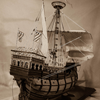
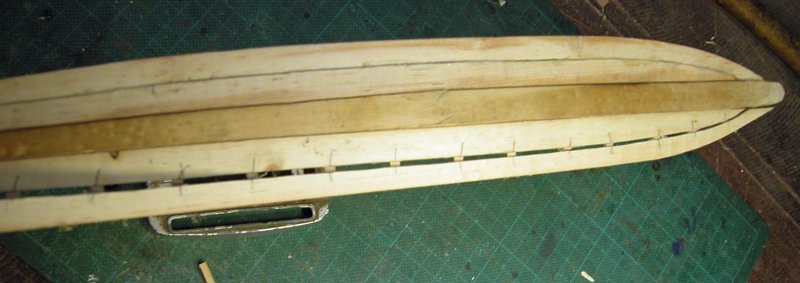



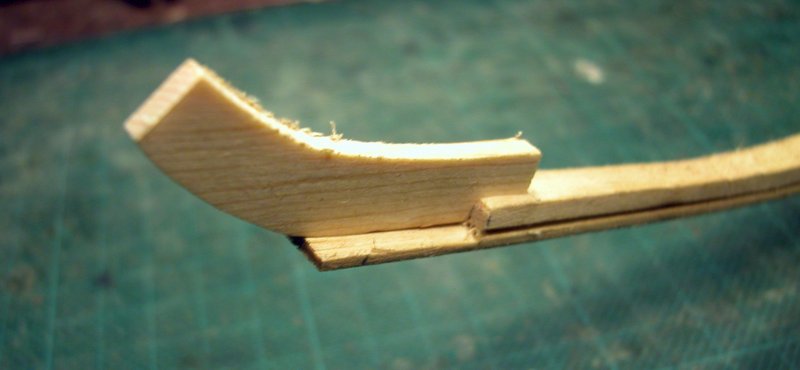
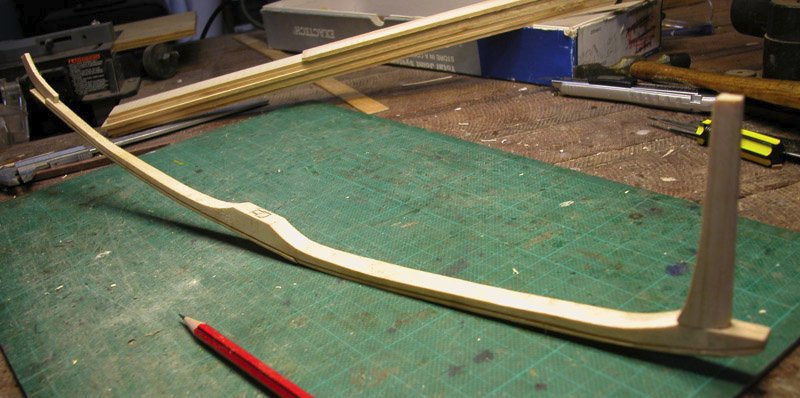
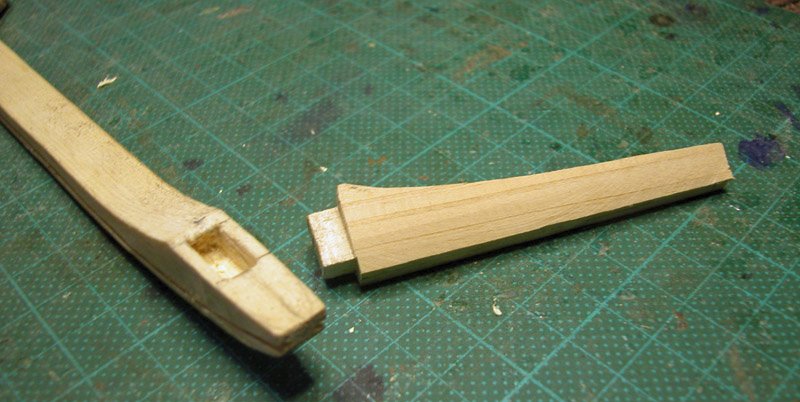
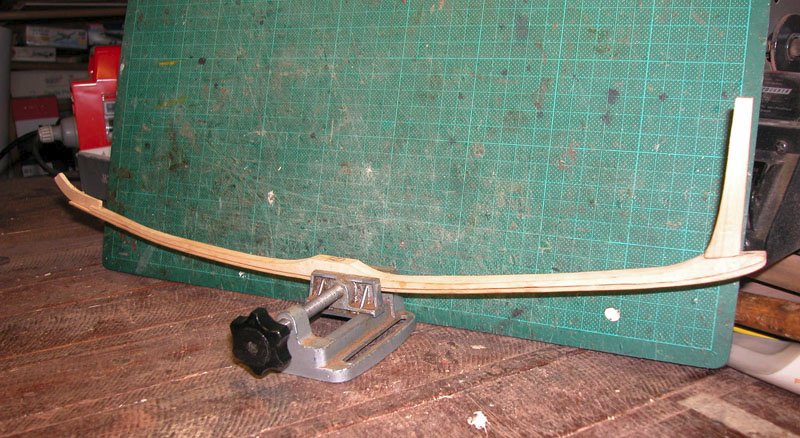
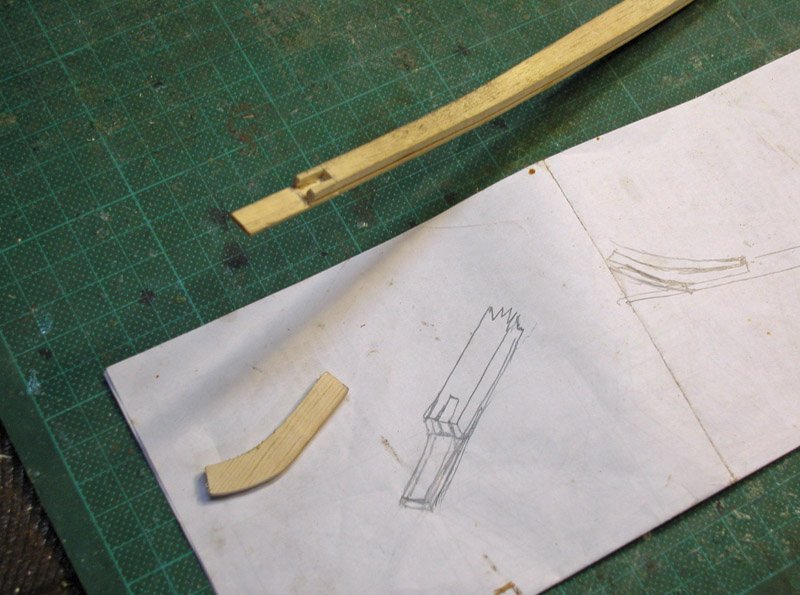
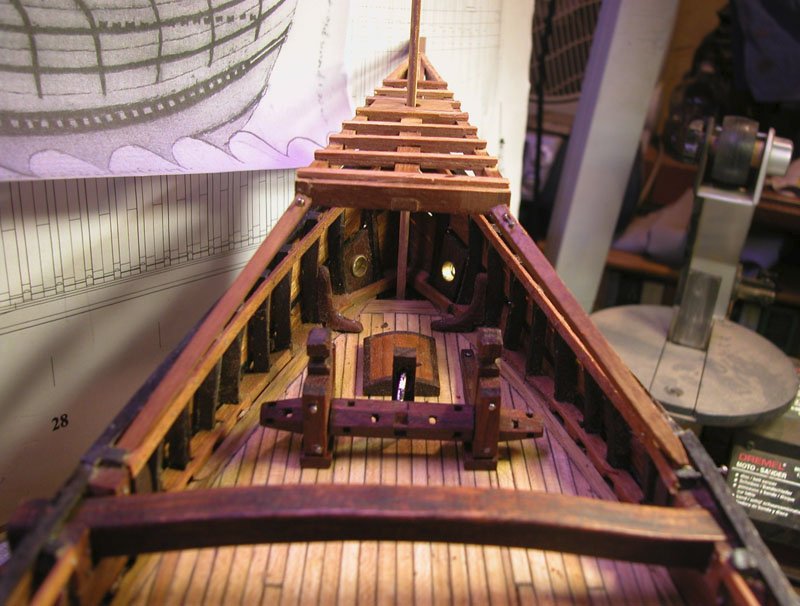
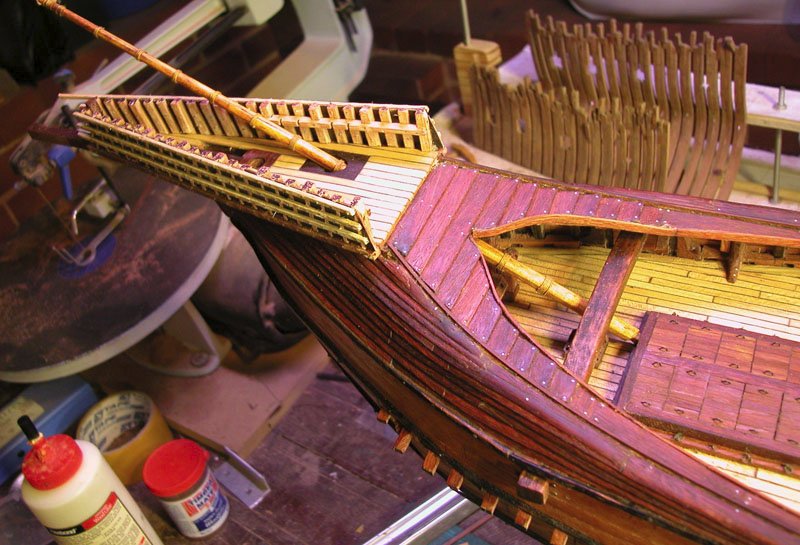
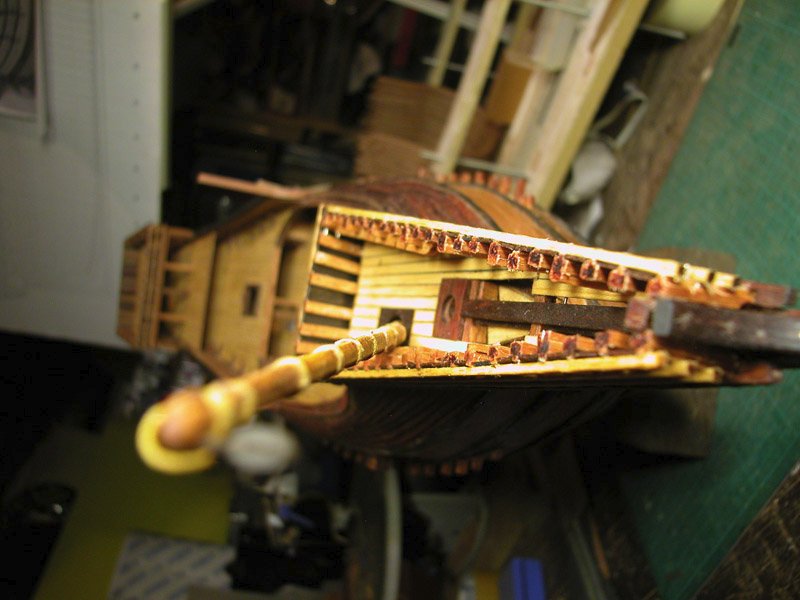
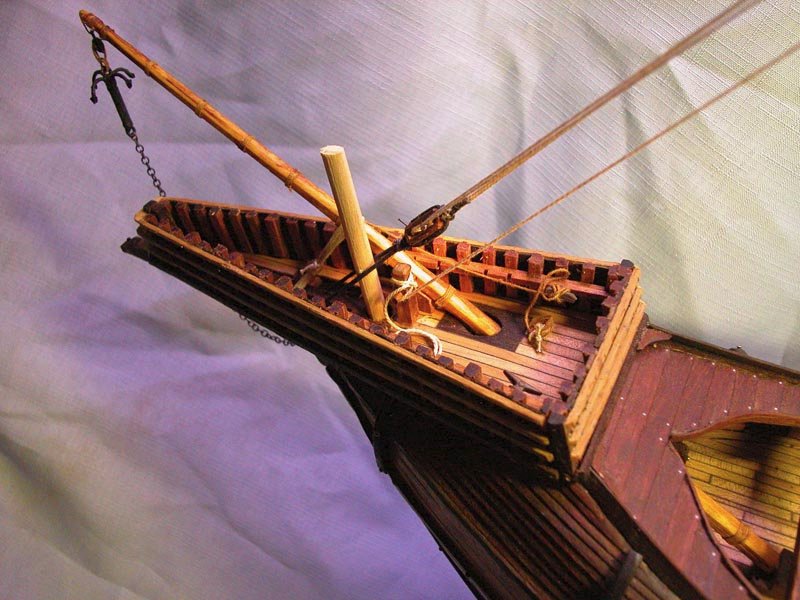
_1465-1500_ca._11982_03_edited-4.jpg.a47b4a84bb5db486f681766e6b75d3f4.jpg)
